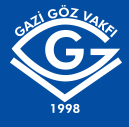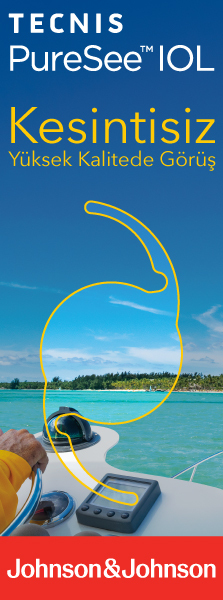Material and Method: We included 42 eyes of 21 fasting healthy volunteers in the study. RNFL and CT measurements were obtained using spectral domain optical coherence tomography (SD-OCT). Subfoveal and perifoveal CT were measured using enhanced depth imaging optic coherence tomography. Perifoveal CT was measured at a distance of 500 ?m, 1000 ?m, and 1500 ?m nasally and temporally from the foveal center in each eye.
Results: CT was statistically thinner in the fasting state than in the nonfasting state at the subfoveal location (CSF) (363.61±72.67 ?m and 370.88±74.07 respectively, p<0.001), at 500 ?m temporal to the fovea (CT500) (352.68±73.26 and 362.85±74.74 ?m respectively, p<0.001), at 1000 ?m temporal to the fovea (CT1000) (347.71±73.52 and 357.76±73.43 ?m respectively, p<0.001), at 1500 ?m temporal to the fovea (CT1500) (334.98±77.45 and 344.27±78.87 ?m respectively, p<0.001), at 500 ?m nasal to the fovea (CN500) (347.71±72.84 ?m and 355.95±70.55 ?m respectively, p=0.001), at 1000 ?m nasal to the fovea (CNl000) (325.71±77.20 ?m and 334.02±75.74 ?m respectively, p=0.003), and at 1500 ?m nasal to the fovea (CN1500) (298.22±76.79 ?m and 305.22±78.24?m respectively, p=0.002). There was no statistically significant difference between fasting and nonfasting RNFL thickness.
Conclusions: Subfoveal and perifoveal CT values were significantly thinner in fasting than in nonfasting subjects. It is possible that decreased choroidal vascular bed volume during fasting caused the reduction in choroidal thickness.
Keywords : Choroidal thickness; enhanced depth imaging; fasting; optical coherence tomography; retinal nerve fi ber layer; Ramadan fasting




